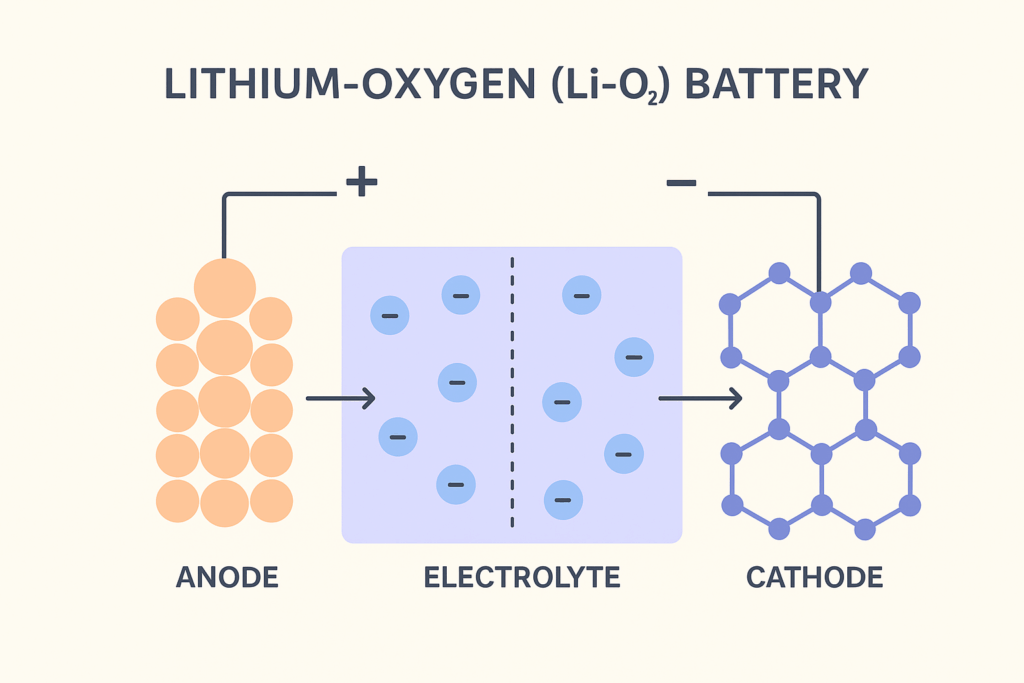As the world pushes toward carbon neutrality, high-energy-density batteries are emerging as critical enablers for electric vehicles and grid-scale renewable storage.
Lithium-oxygen (Li-O2) batteries, with theoretical energy densities far exceeding conventional lithium-ion systems, have attracted attention for their potential to meet these ambitious energy storage demands. Yet their adoption remains constrained by rapid degradation and short cycle life, challenges that have persisted despite extensive research.
A multi-institutional team—including researchers from Tohoku University, Gunma University, the Kyushu Synchrotron Light Research Center, Manchester Metropolitan University, and the University of Cambridge—has developed a high-purity (>99%) 13C-labeled graphene mesosponge (13C-GMS) to investigate the mechanisms driving Li-O2 battery failure. The material’s hollow, sponge-like structure provides both high flexibility and a large surface area, offering a stable scaffold for polymorphic ruthenium (Ru) catalysts while minimizing edge-site effects that typically complicate degradation analysis.
The researchers employed quantitative characterization techniques and theoretical simulations to decouple the contributions of carbon cathode deterioration and electrolyte breakdown. Findings indicate that reducing charge potential mitigates carbon cathode degradation, whereas the crystal phase of Ru catalysts significantly influences the rate of electrolyte decomposition. This differentiation enables targeted improvements in battery design, addressing either the cathode or electrolyte as the primary weak link.
By mapping degradation pathways at a molecular level, the 13C-GMS platform provides insight into how solid-state catalysts interact with Li-O2 battery components, informing more durable cathode and electrolyte architectures. These insights are critical not only for extending cycle life but also for scaling Li-O2 batteries for practical applications, including clean energy integration and electric mobility.
The study positions 13C-GMS as both an investigative tool and a structural solution, allowing researchers to probe failure mechanisms while maintaining catalyst stability. According to Professor Hirotomo Nishihara (Tohoku University), the approach “enables precise identification of degradation sources, which is essential for designing next-generation energy storage devices.” Dr. Wei Yu adds that these findings “point to exactly what must be improved to make Li-O2 batteries a practical option,” emphasizing the material’s role in advancing sustainable, high-performance energy storage technologies.
Stay updated on the latest in energy! Follow us on LinkedIn, Facebook, and X for real-time news and insights. Don’t miss out on exclusive interviews and webinars—subscribe to our YouTube channel today! Join our community and be part of the conversation shaping the future of energy.
